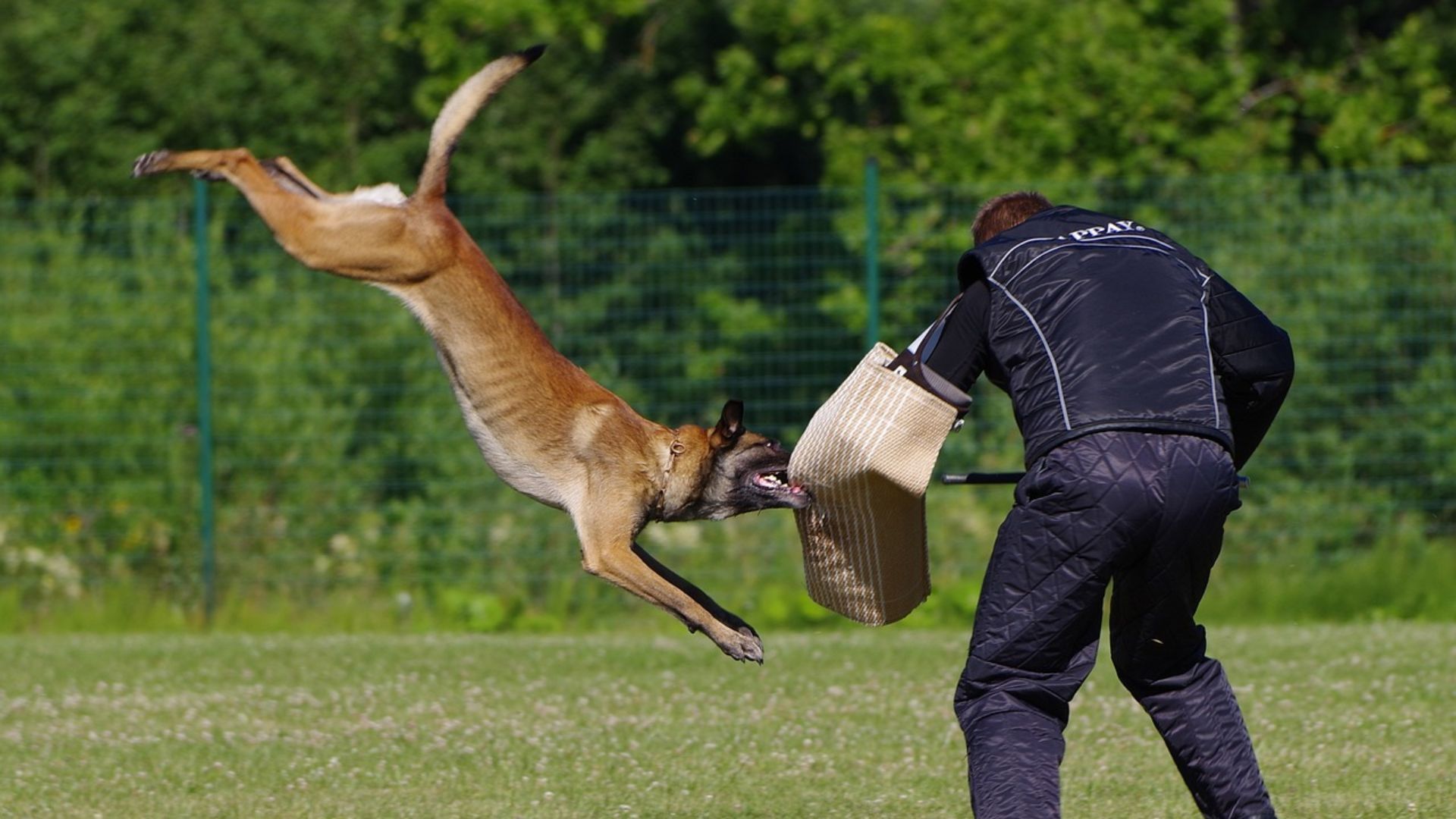A little education goes a long way in preventing dog bites.
Dogs can be man’s best friend; however, this best bud comes with a sharp set of teeth. There are nearly 5 million people bitten in the United States each year, and about 400,000 of these dog bite victims will require medical treatment.
Since all dogs can bite if provoked, there is a growing movement to prevent breed discrimination. The American Veterinary Medical Association (AVMA) advises that most dog bites are largely preventable with a little education, and that instead of concentrating on the breed of dog, you should learn how to successfully interact (or not) with a dog (see below).
Dog bites can range from mild, non-fatal type of injuries to severe fatal injuries.
Due to the inherent nature of the injury dog bites in humans can cause neurological injuries. Some of the common neurological injuries and their symptoms which are seen include:
1) A bite to the wrist can lead to Radial nerve trauma at the wrist which results in pain, numbness, tingling on the back of the hand and depending severity of the bite this can be permanent and disabling.
2) A bite to the wrist can also lead to Median nerve trauma at the wrist which results in pain, numbness, tingling on the front of the of the hand with weakness of grip strength and depending severity of the bite this can be permanent and disabling.
3) A bite to the wrist can also lead to Ulnar nerve trauma at the wrist which results in pain, numbness, tingling on the Front of the hand weakness of the little finger movement and depending severity of the bite this can be permanent and disabling.
4) A bite to the ankle can lead to Deep Peroneal Nerve Palsy which can exhibit symptoms of pain and numbness on the back of the foot with weakness of the foot. This can be permanently disabling.
5) A bite to the calf can result in sural nerve palsy where patients can exhibit pain, tingling, and numbness around the back of leg. This can be permanently disabling.
Many dog bites occur around the legs and wrists as these are the area’s most readily accessible and used to defend against dog bites. These sites, if attacked, can lead to severe life-long complaints and disabilities.
Early treatment can reduce some of the long term complications.
It’s suggested you teach your children doggie etiquette, because according to pediatrics.com about 400,000 dog bite victims each year will be children.
Two interesting facts came from a study entitled “Which Dogs Bite? A Case-Control Study of Risk Factors”; it determined that biting dogs were more likely to be to be un-neutered males and chained-up, instead of running free, while in a yard.
10 Rules from the AVMA to Avoid Dog Bites
1) Avoid dogs you don’t know.
2) Ask before petting! Always ask the owner for permission to pet their pup. Then, speak to the dog before petting and avoid sudden movements that may startle the dog.
3) When confronted, don’t panic. If a dog confronts you, walk confidently and quietly away. If a dog goes after you, stay calm and stand still, keeping hands low and clasped in front of you. It’s important to take a defensive position, so the dog won’t think you are trying to harm him.
4) Don’t make it worse. Avoid escalating the situation by yelling, running, hitting or making sudden movements towards the dog. All of these actions will make the dog feel threatened and can make the dog more aggressive.
5) Let sleeping dogs lie. When a dog is sleeping, or eating, leave the dog alone.
6) Never tease dogs. Don’t take their toys, food or treats, and never pretend to hit or kick them. This could create distrust in the dog, and make him or her more aggressive.
7) Never pull a dog’s ears or tail. Pain makes a dog feel like he is in danger and he could respond by biting.
8) Dogs aren’t toys. Never climb on or try to ride dogs. Not only could this scare or anger the dog, but it could also injure the dog if he cannot support the weight or tries to get away.
9) Playtime has a beginning and end. A dog has to want to play, but when the dog leaves playtime –that’s your cue that playtime is over. Dogs will come back for more play if they feels like it.
10) Dogs need alone time too! Dogs need a comfortable, safe space, to relax. Don’t bother a dog when he is in his crate or bed.
DOG BITE CLAIMS
Dog bites accounted for more than one-third of all homeowners insurance liability claim dollars paid out in 2013, costing more than $483 million, according to the Insurance Information Institute (I.I.I.) and State Farm®. An analysis of homeowners’ insurance data by the I.I.I. found that the number of dog bite claims nationwide increased 5.5 percent in 2013, while the average cost per claim for the year dropped 6.4 percent. The average cost paid out for dog bite claims nationwide was $27,862 in 2013 compared with $29,752 in 2012. The average cost per claim nationally has risen more than 45 percent in the last decade (2003-2013), which can be attributed to increased medical costs as well as the size of settlements, judgments and jury awards given to plaintiffs, which are still on the upswing. California had the largest number of claims, at 1,919, with an average cost per claim of $33,709. New York had the highest average cost per claim, at $43,122.



